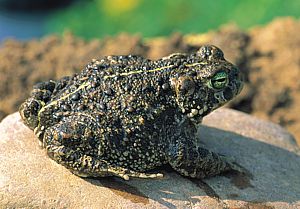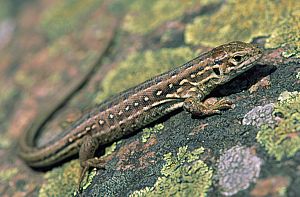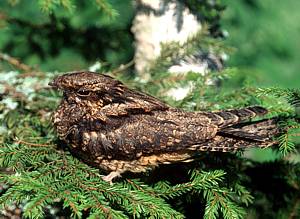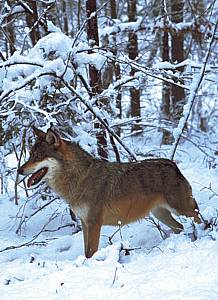|
PROTECTED FAUNA
|
|||||||||||||
Text:
2003
|
Fauna species protection
Animal species protection is one of the forms of nature preservation employed to various extents worldwide. In Poland fauna preservation has had a long history. Animal protection was mentioned as early as in the decrees of Polish kings: W³adys³aw Jagie³³o (protection of the wisent), Zygmunt Stary (protection of the wisent, aurochs, falcon, and swans), Stefan Batory (protection of fish), and some decrees of the National Parliament in Lvov (protection of the alpine marmot and chamois). In the history of independent Poland in 1919 an important event was the introduction of some regulations on protection of rare animals, plants and natural monuments and in 1934 the first nature preservation law was passes. At present there are at least two ways in which animals are protected, namely: species protection and natural reserve protection. Despite the common objective of both the fashions, they employ different methods.
Species protection includes protective measure to conserve species that are exceptionally unique and endangered at the same time. The species to be protected are rare, endemic and/or subject to preservation on the basis of international treaties. Natural reserve protection focuses on preservation of biocoenoses and their genetic resources that are indispensable for biosphere to renew and develop.
The main task of species protection is species preservation in their natural stations. Sometimes it is, however, impossible and then a given species is protected outside its natural habitat, e.g. in zoos, or in replacement stations. One of important forms of species preservation is reintroduction that holds when an extinct species is reintroduced to a given station from the nearest habitat where the species still exists.
The rudimentary law setting out both the list of protected species and the basic protection rules is the Decree of the Minister of Environment as of September 26th, 2001 on the list of the native wild animals to be strictly and partially protected, and on corresponding bans and their exceptions, which is a by-law to the Law on Nature Preservation. Some protected species were also enlisted in the register of rare and endangered species, namely: the Polish Red Book of Animals and the Red List of Dying Out and Endangered Animals in Poland.
For much time it has been universally known that effective nature preservation is only possible with protecting large ecosystems to be home for protected species. That is why national and landscape parks and natural reserves play an important role to this end.
One of the main statutory tasks of the Wigry National Park is protection of the natural complex and indigenous landscape features enclosed within its boundaries. There are officially over 1700 species in the territory of the WNP, including 301 protected species (over 17% of the recognised fauna of the park); those are:
The aforementioned species account for over 40% of all animal species legally protected in this country. Further studies especially those of insects, lampreys and bats can undoubtedly provide new information on the parks fauna, and probably supplement the list of protected species.
In national parks all wild animals are legally protected. With respect to them the following are prohibited:
Moreover it is prohibited to remove and destroy bushes and trees (especially hollow ones), and escarpments, precipices, inter-field and inter-forest ponds, marshes, peatbogs, and dunes that are reproduction sites and regular protected animal habitats; this ban does not include bush and tree cutting in connection with natural protection and other needs resulting from rational human activities, in particular farming, forestry, and fishing.
With regard to such species as: white-tailed eagle, golden eagle, lesser spotted eagle, greater spotted eagle, osprey, short-toed eagle, booted eagle, peregrine falcon, red kite and black kite, black grouse, western capercaillie, eagle owl, black stork, stone curlew, European roller, mud turtle and Aesculapian snake the boundaries for habitats and reproduction sites have been set and time limits for protection of those sites.
At distances of 100 to 200 m from those sites throughout the year, and at a distance of 500 m in the period from January 1st to September 30th (depending on the species) it is prohibited to introduce any changes including tree and bush cutting, land improvement, construction of buildings, devices and installations and other works potentially influencing the habitats and reproduction sites of protected species.
|
||||||||||||
|
|
|





